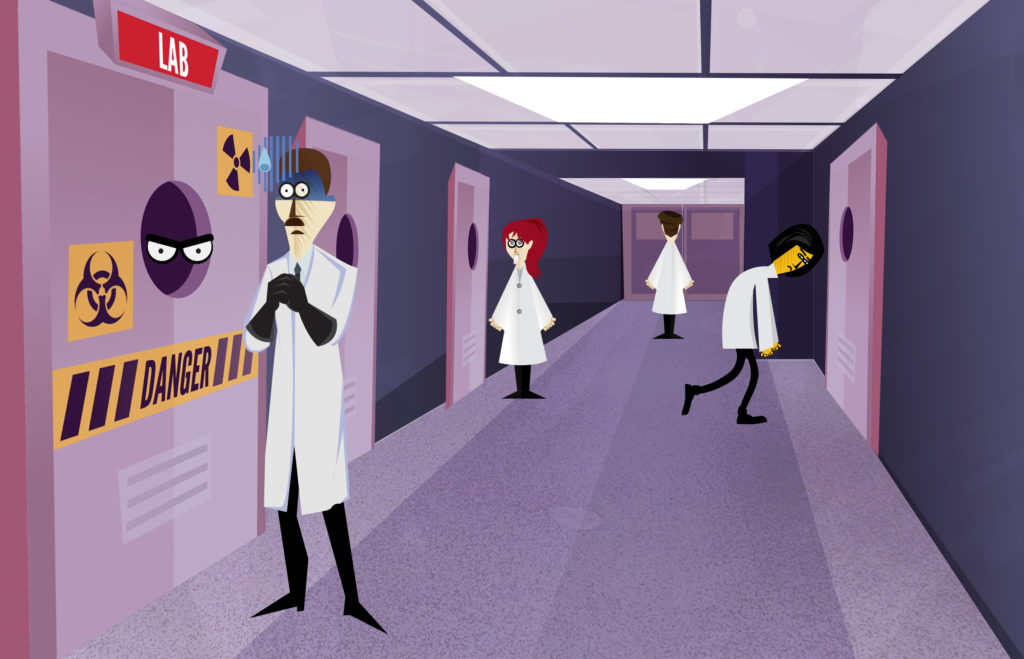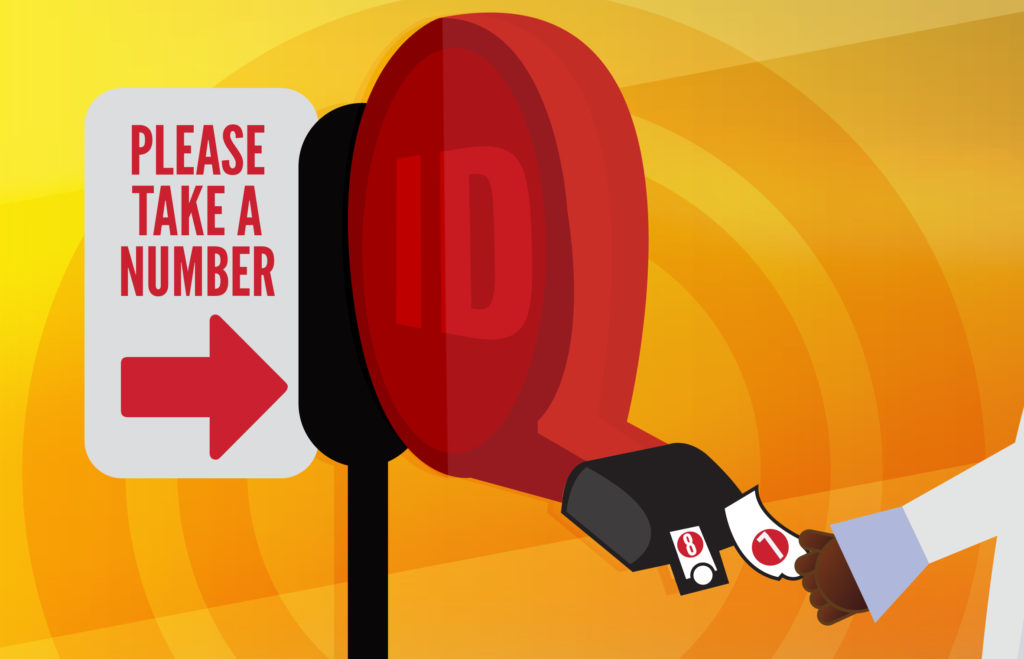
Communicating science
So you’re a researcher. Communicating science to a non-scientific audience scares the chemistry out of you.
You’ve spent your entire career studying fungiform papillae density. The mere thought of fungiform papillae density gives you a rush that even love cannot provide. You know everything about fungiform papillae density. One day you have an interview with a reporter. You’re preparing to present at a conference for shareholders. You’re writing a grant application. Or you’re just at the family cookout and your crazy Uncle Joe with the glass eye wants to know what you do for work.
It’s time.
This is the moment where you have to reach deep within yourself to scrape every bit of communications skill in your body. It’s time to do what has challenged even the most brilliant scientific minds for ages: explain your work simply.
Yes, there is difficulty in simplicity. The irony is as rich as it is tragic.
Thankfully, there is hope. There are plenty of things you can do to ensure your message is communicated effectively to your non-scientific audience.
Communicating science with better word choices
The old 80s band Missing Persons once sang, “What are words for, when no one listens anymore?”
If what you’re saying is not engaging, direct, or simple to understand, your listener will stop listening. The same thing is true for writing.
The words you use matter. They determine whether or not your audience will lock on to what you’re trying to convey. Use language that is clear and simple and registers your message.
Personal pronouns like I, you, we help connect readers with the writer and his or her message. Such pronouns present your writing as more of a conversation. People tend to invest more in a conversation than a research paper. Conversations are natural and everyone understands them because everyone is experienced with them. The same cannot be said for research papers about, say, the role of lactic acid production by probiotic Lactobacillus species.
Let’s look at the pronouns in action. In the first sentence, you’ll see an unnecessarily long, bombastic, impersonal message. In the second, you’ll find a more personable, inviting message:
Investigators with supplemental queries or interest in funding opportunities should contact the program.
Contact us if you are interested in funding opportunities.
Words are so choice
Your word choices are vital in helping your readers digest your material. Choosing the appropriate words in communicating science stories can not only capture your readers’ attention, but keep it.
Use positive words over negative ones. Negative words like don’t or not can confuse readers.
Consider this sentence: “The machine doesn’t run if you don’t follow these instructions exactly as they are written.”
It’s confusing, isn’t it?
Let’s rework it with positive words: “The machine will run better if you follow these instructions exactly.”
Now there’s a sentence that inspires hope.
Inclusive language also helps everyone feel engaged. Stay away from male only pronouns like he and his. Unless you’re writing a research paper specifically about men, it’s always better to use inclusive language so that non-male readers can follow along and become invested in what you’re communicating.
Simple sentences
Using direct, efficiently constructed sentences well get your point across most effectively. According to the search engine optimization platform Yoast, you should keep your sentences under 20 words. Keeping it short with no more than two punctuation points in the body of the sentence will help the reader understand your message. It lets them breathe. It’s not overwhelming when it’s short.
Make sure to keep your sentences simple, too. Make sure you only cover one idea in every sentence. Keep each paragraph centered on one theme only. Introducing more than one idea or theme will dilute the focus a reader has, because he or she has to divide their attention to give to more things.
Cut the fat. You don’t need intensifiers like very, really, actually, or carefully in communicating science stories. They don’t really have a purpose. If something is hot and you want to emphasize that point, don’t describe it as “really hot.” Instead, say that it’s “dangerously hot.” Say that people have been hospitalized from touching this hot thing. Now you’re really saying something.
Verbs with a vengeance
Summon the absolute power of verbs.
“Frankie broke the guitar” is a much more vivid portrayal of what happened than “The guitar was broken by Frankie.”
Passive voice is often used in a not-so-creative way to hide wrongdoing.
“The money was taken.”
Who took the money? The reader might conclude that the writer is hiding something.
“The store manager took the money.”
Now you’re telling us something we can use. Arrest the store manager.
What you just witnessed is the difference between passive voice (the former) and the active voice (the latter).
It’s undeniable that the choices you make with your words and sentences can either connect or kill your audience’s interest. They can make the process of communicating science easier or put the brakes on.
Making your technical paper a casual conversation without compromising the integrity of your research helps the lay audience follow along. Using active voice over passive voice helps your readers maintain interest because you’re showing a sense of action where someone is doing something. Using universal pronouns expands your reach because everyone can feel they can invest in your writing. Hope is not lost. You can communicate even the most arcane material to the least scientific audiences.
“It is easy for us to forget the power of words. We use them the way an engineer uses a slide rule or a surgeon uses a scalpel.” – Jonathan Capehart, Pulitzer Prize winner, The Washington Post.


